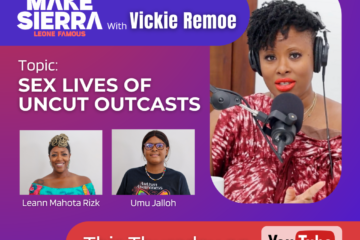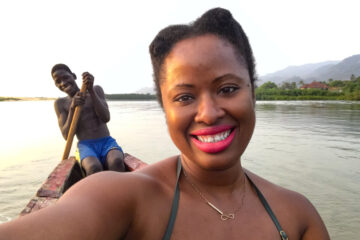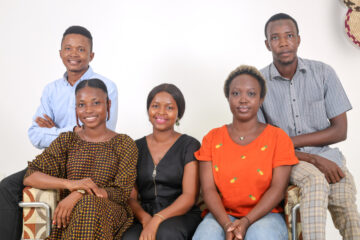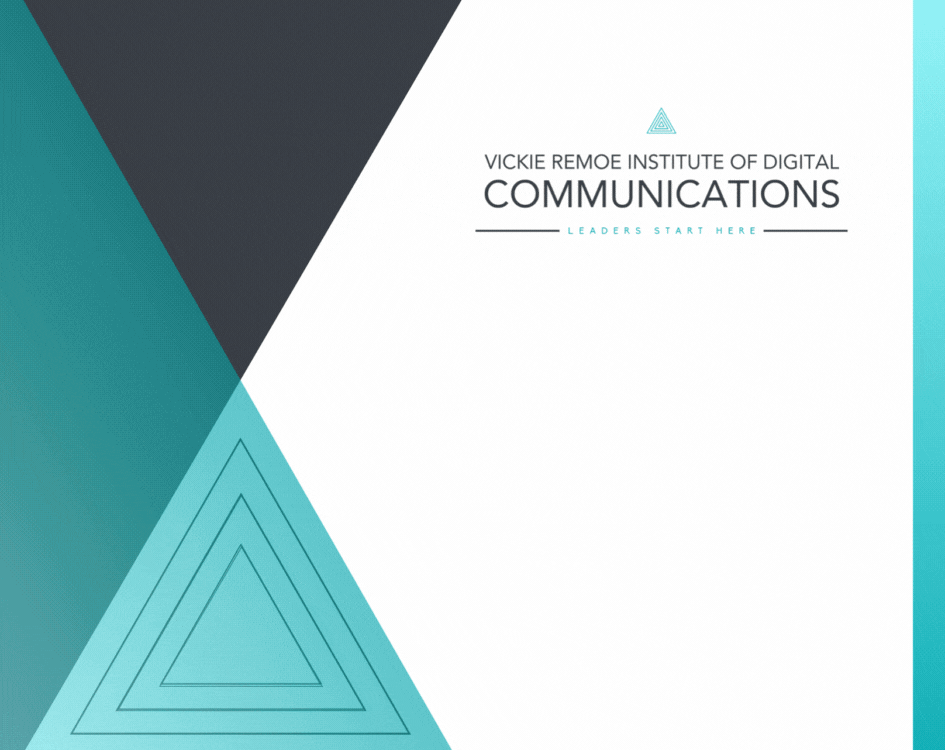Six Inspiring Figures from Sierra Leone’s History
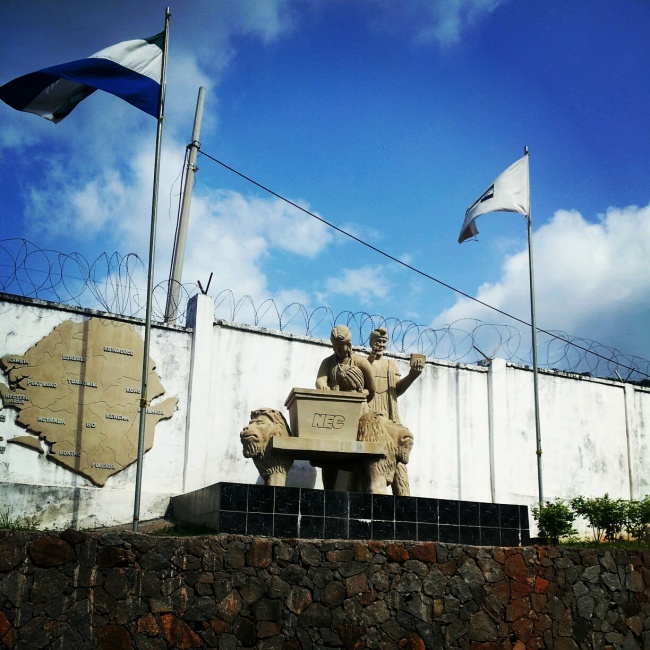
This statue of a man and woman voting next to a map of Sierra Leone is at the new NEC building in Tower Hill
These Sierra Leoneans served and shaped Sierra Leone
Over the years, Sierra Leone has garnered attention for its food, culture, music as well as civic and economical changes but one thing that is usually left out of focus is the people who made significant impact to the history of the nation.
In today’s article, we have broken down some six significant figures that have contributed extensively to not only the cultural, but political, social, and educational spheres of Sierra Leone.
These individuals and their experiences have paved the way for remarkable development in the nation and we are here to share them with you!
Let’s start then!
-
John Akar – A Sierra Leonean Creative Genius
Noted for composing the music for the Sierra Leone National Anthem and publishing the national anthem in Mende and Temne Languages, John Akar is a very important person in the history of Sierra Leone.
John Joseph Akar was born in the small town of Rotifunk in the Moyamba District, to an ethnic Sherbro mother and a Lebanese father. He completed his secondary school education in Sierra Leone before furthering it in the United States. He became the first non-Creole and first Sherbro to be appointed as the Director of Broadcasting of the Sierra Leone Broadcasting Corporation.
He was very inclined to music and the arts and even founded the national dance troupe to increase patriotism amongst Sierra Leoneans.
He passed away in 1975 and since then a foundation, the John Joseph Akar Foundation, has been raised by his daughter and grand-daughter to bring awareness to Rotifunk and the issues that persist in the area.
-
Adelaide Casely-Hayford, A Sierra Leonean Feminist and Educator
A bold pioneer for women’s education in Sierra Leone and an MBE holder, Adelaide Casely-Hayford is remembered as feminist and Pan-Africanist in the post colonial times in Sierra Leone.
Born to an elite family in Sierra Leone; a mixed race father of English and Fante Lineage and a mother of English, Jamaican Maroon, and Creole ancestry, Adelaide mostly spent her youth in London before moving to Germany at the age of 17 to learn music. During her youth, she was exposed to the ideals of pan-africanism and feminism. After 25 years abroad, she returned to Freetown and in October 1923, she opened the Girls’ Vocational School in her family home with 14 pupils. The opening of her school was unique as there were not many educational opportunities for girls in Sierra Leone at that time.
Adelaide died in 1960 at the age of 91 however she is fondly remembered as a pioneer for women’s rights in Sierra Leone.
-
Dr. Sheik Umar Khan, A Sierra Leonean Medical Hero
The national hero of Sierra Leone, Dr. Sheik Umar Khan is noted as one of the bravest individuals to ever be connected to the country’s history.
A hardworking doctor and virologist, Dr. Sheik worked hard to understand and hopefully help eradicate the outbreak of the ebola virus when it hit Sierra Leone in 2014. As many ebola patients visited the facility he worked at, Dr. Sheik did not turn them away but rather took care of them despite the great risk. Although he did his best to protect himself, on July 29, 2014, the doctor died after being infected by the virus himself.
The country remembers him for his sacrifice as a foundation was created in his honour to further study the ebola virus and eradicate it from the world.
- Sengbe Pieh, A Sierra Leonean Freedom Fighter
Another brave individual in Sierra Leonean history, Sengbe Pieh, rivalled a storm to liberate himself and friends from slavery.
A farmer from Sierra Leone, Sengbe was illegally captured by slave traders in 1839 while working on a rice farm. He and other captured persons were taken to Cuba to be sold to slavery. While there, they were bought by 2 Spanish plantation owners and put on the La Amistad ship. Three days into the voyage, Sengbe freed himself and the other slaves and together, they were able to overtake the ship and have the second-mate who was steering the ship make course back to Africa. However, the second-mate secretly changed course at night and had the ship sent to Long Island, New York where Sengbe and his friends were arrested for murder and piracy.
Although it was hard, Sengbe and his friends were able to prove that they were illegally captured into slavery which set them free and in November, 1841 he and his friends were returned back to Sierra Leone.
Much is not known about Sengbe’s life after his return but his determination and bravery is one that has been retold throughout generations.
-
Dr. Davidson Nicol, A Sierra Leonean Polymath
A significant figure in the world of healthcare, Dr. Davidson Nicols was able to make critical discoveries with his analysis of the breakdown of insulin in the body therefore contributing tremendously to diabetes research.
Born in Bathurst Village, Sierra Leone, Dr. Davidson was interested in pursuing his education in the sciences, much so that he studied under a scholarship at Christ’s College in Cambridge University where he graduated with a first class honours in BA in natural sciences in 1947, making him the first black person to do so.
Upon returning to Sierra Leone, he became the first Sierra Leonean Principal of the historic Fourah Bay College and later left the world of academia to represent Sierra Leone in diplomatic positions while serving the United Nations.
-
Ahmed Janka Nabay – A Sierra Leonean Global Music Pioneer
Known as the Bubu King, Ahmed Janka Nabay was a musician from Sedu, a village in Port Loko District.
Ahmed played Bubu music, which is a traditional Temne music where a number of musicians will blow into bamboo pipes and lead parades through communities. He was first discovered during a music audition and his craft grew to the point where he was performing internationally because of his musical talent.
Ahmed passed away in 2018 but his skills have paved the way for Sierra Leonean music to travel the world.
Sierra Leone icons who shaped history
To find out more about Sierra Leoneans who Shaped Sierra Leone get this amazing book by Akindele Decker and Adrian Labor. The Sierra Leone Icons Series is a creative project launched by the African Curator, to showcase Sierra Leoneans who shaped history in Sierra Leone and around the world. With a series of books creatively designed for young people, historical accounts by Historians, Writers, Professors, and others are curated by African Curator and other contributors.


